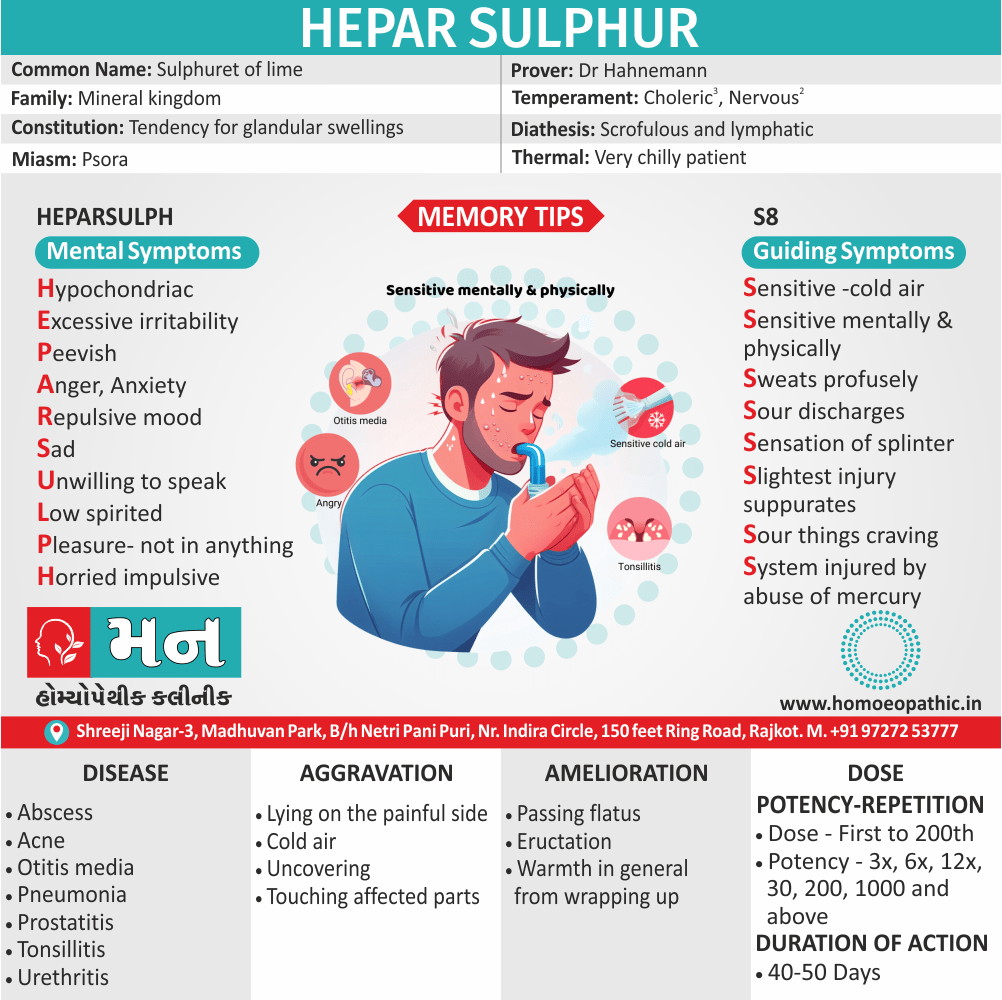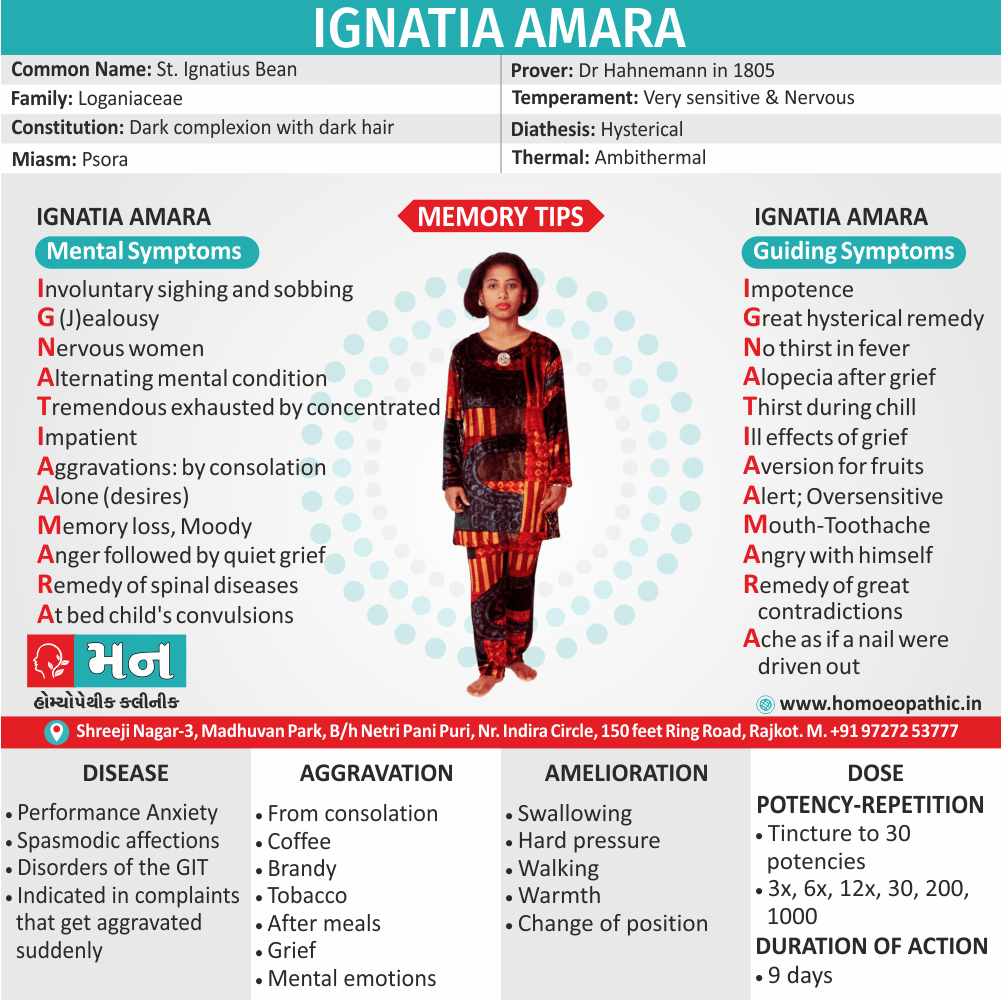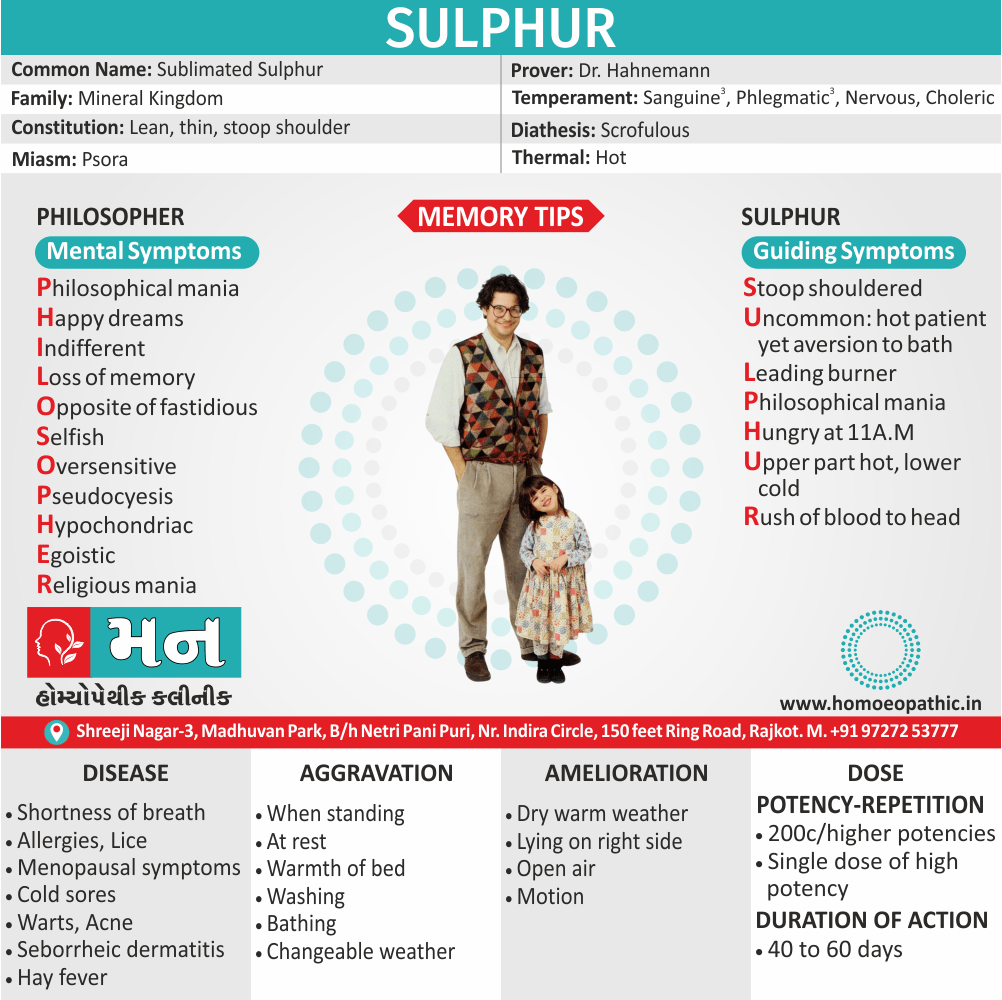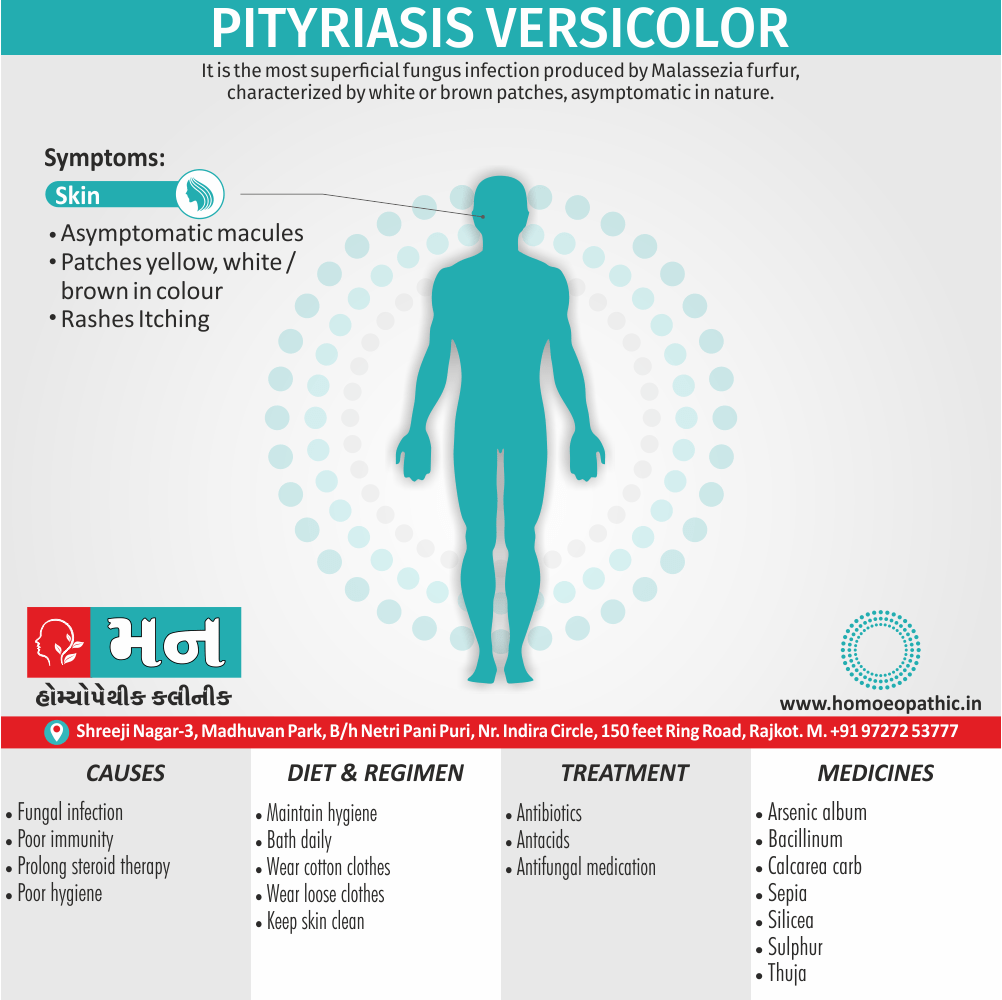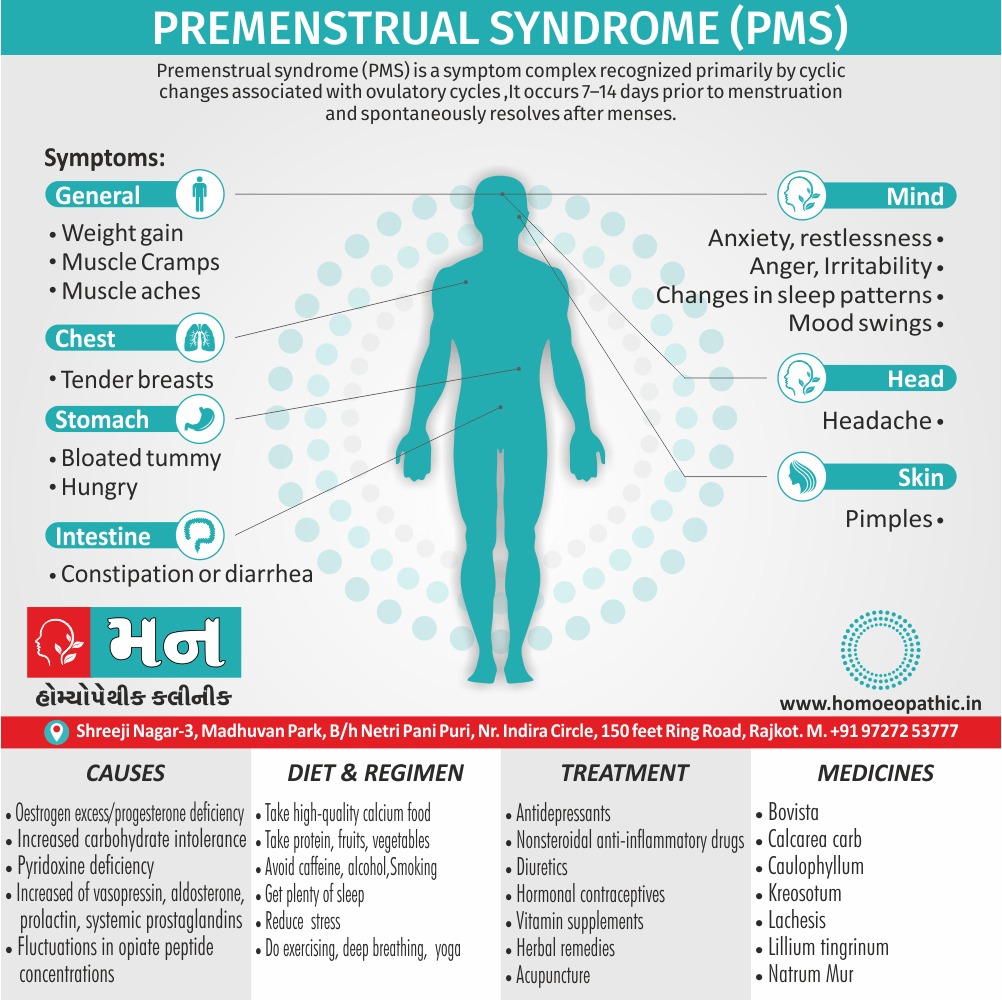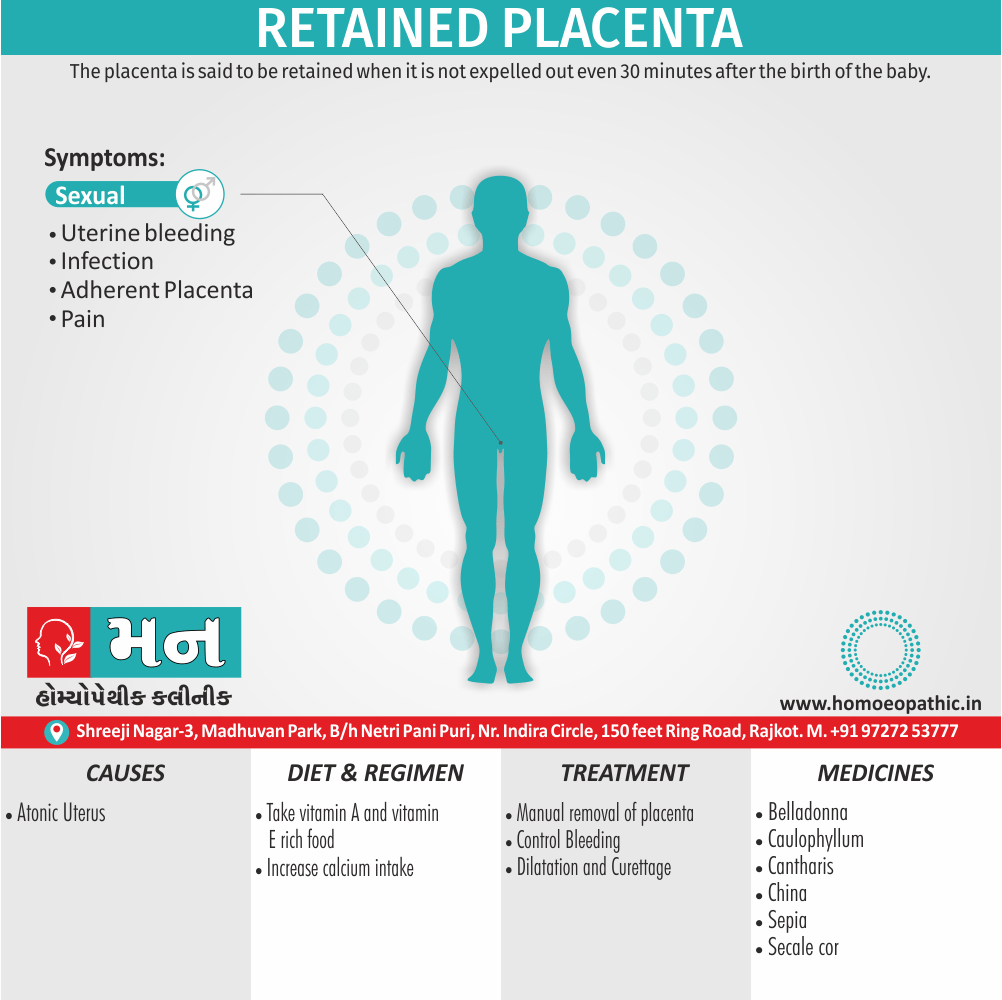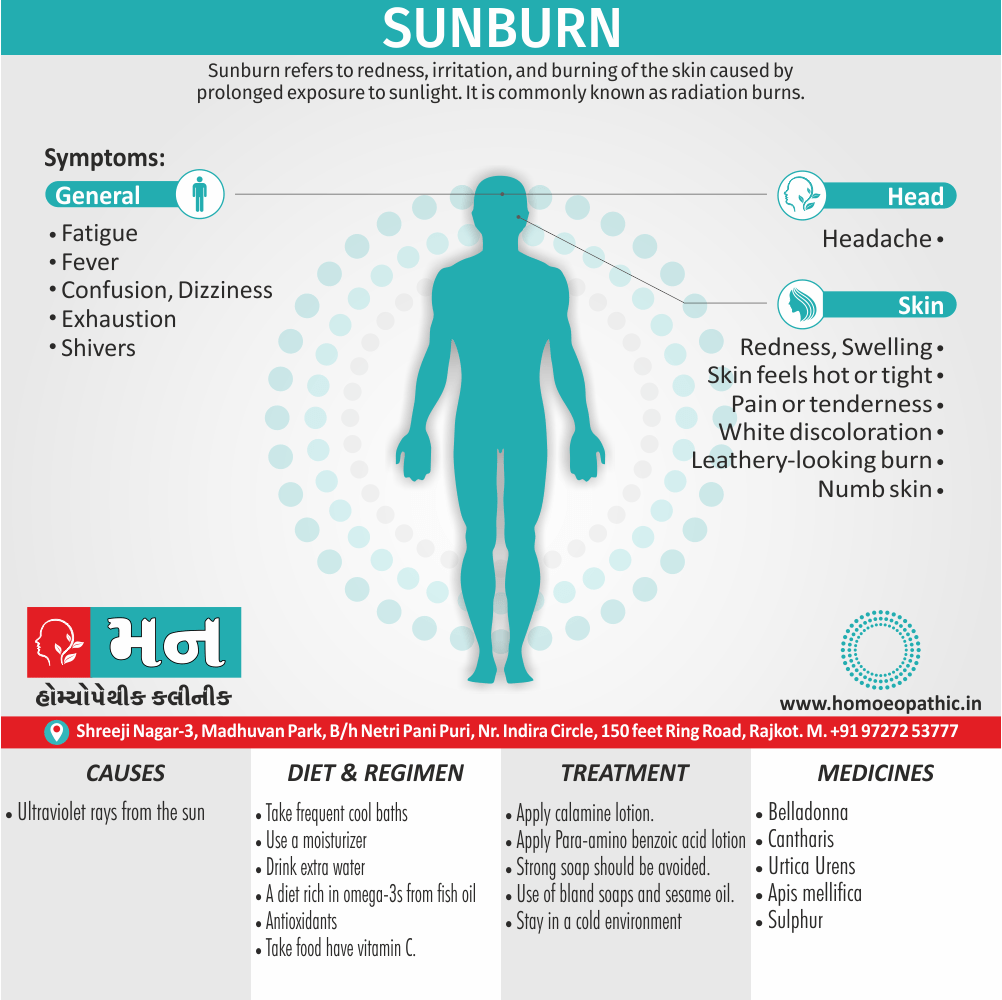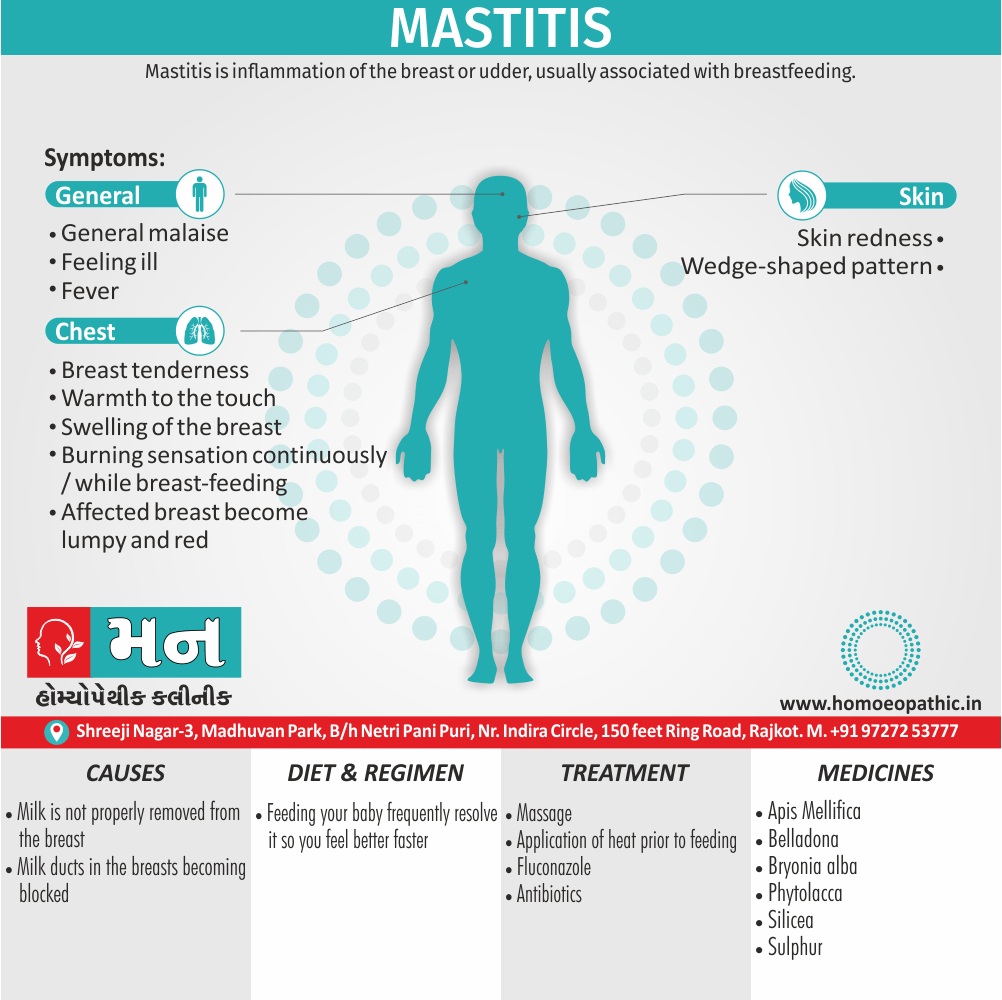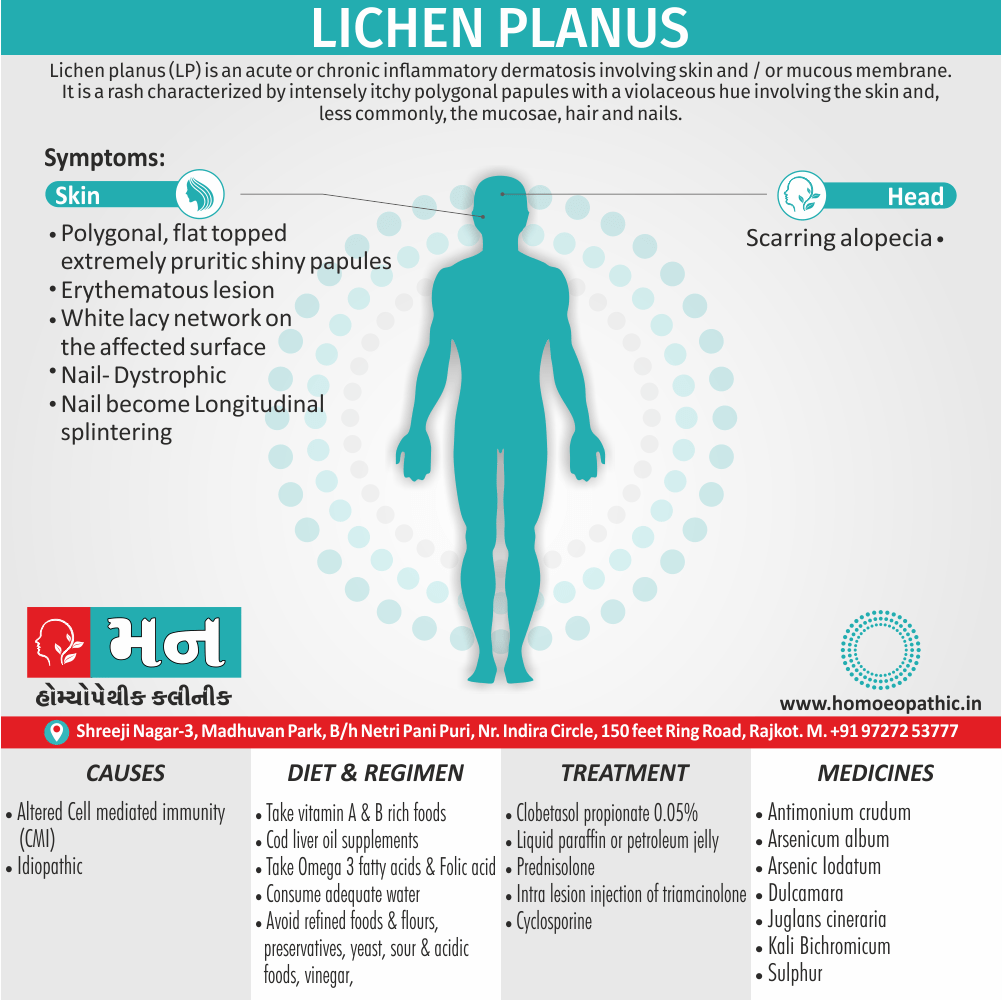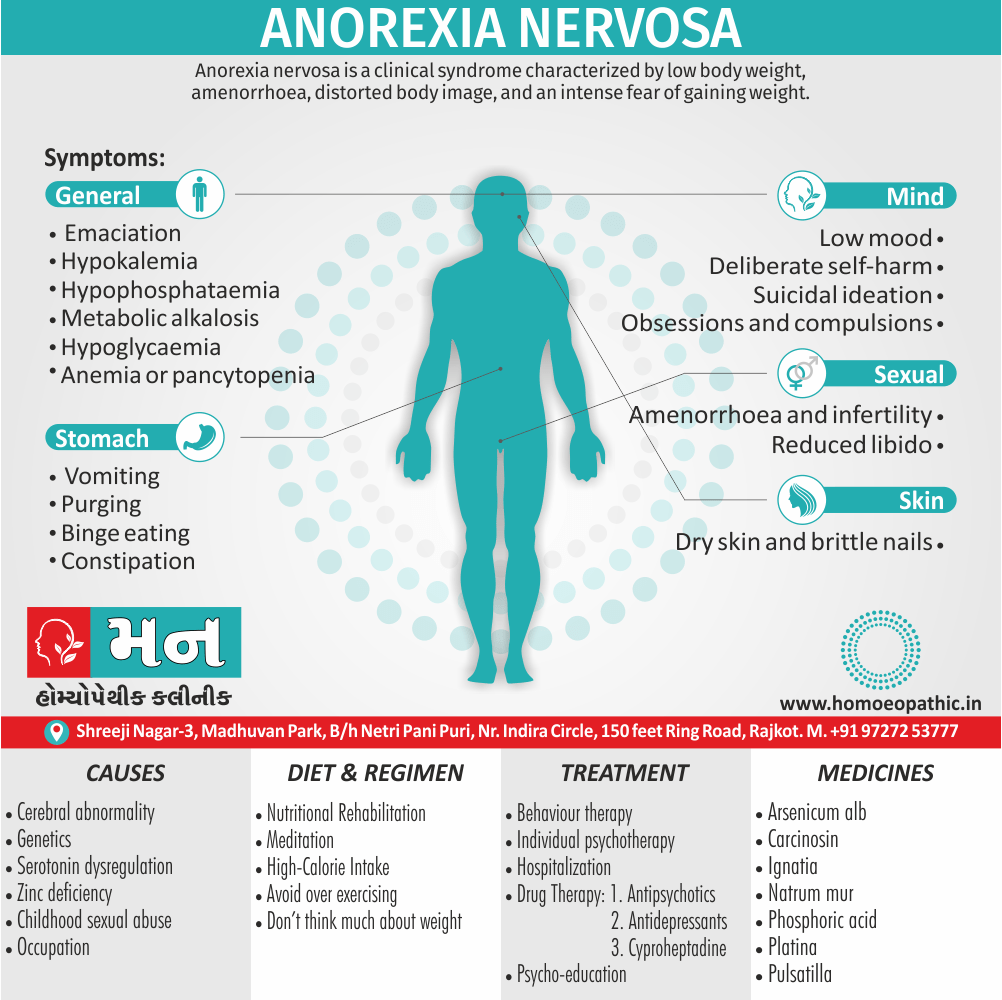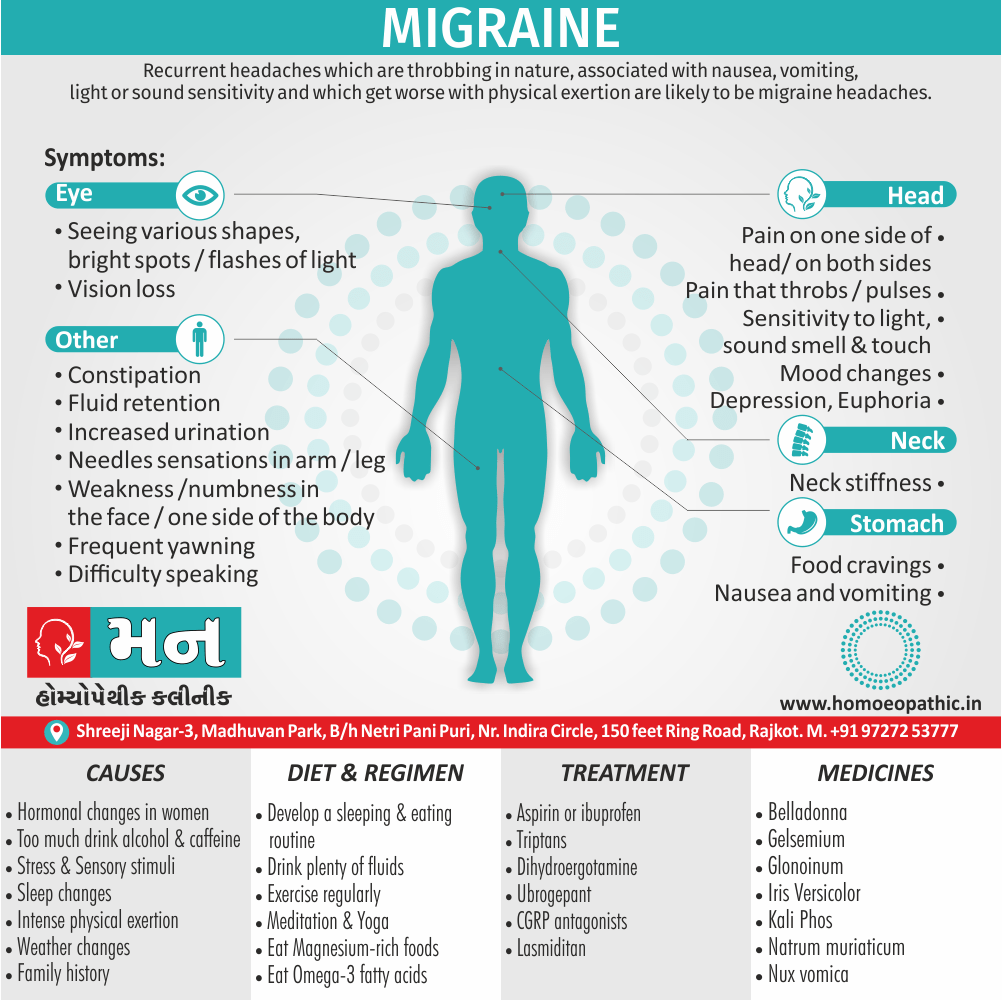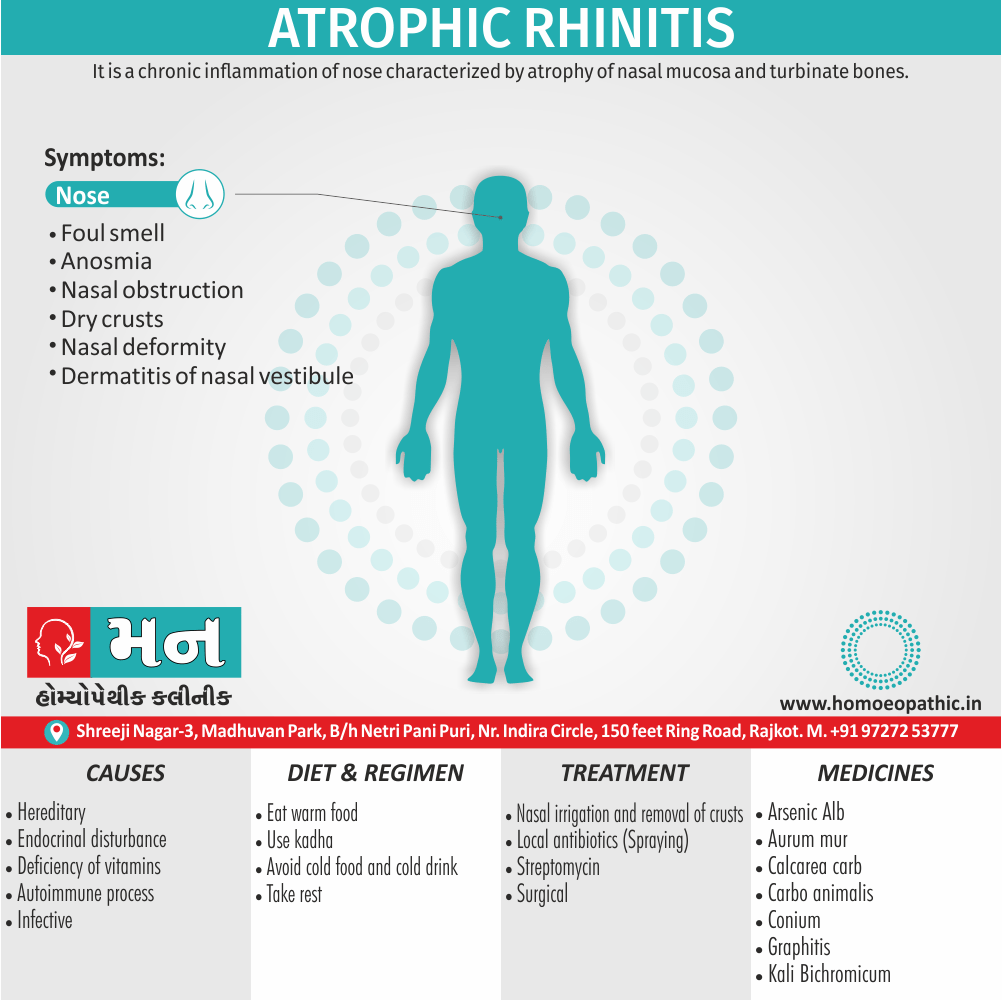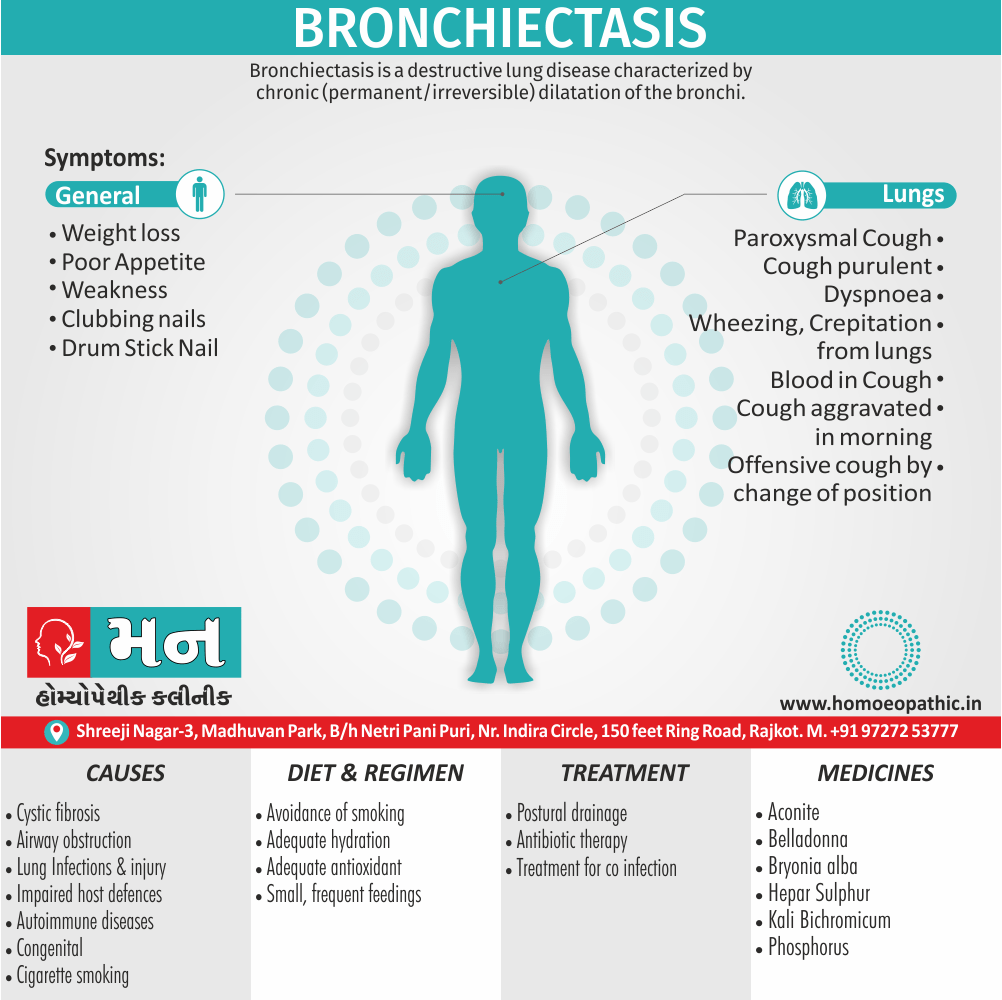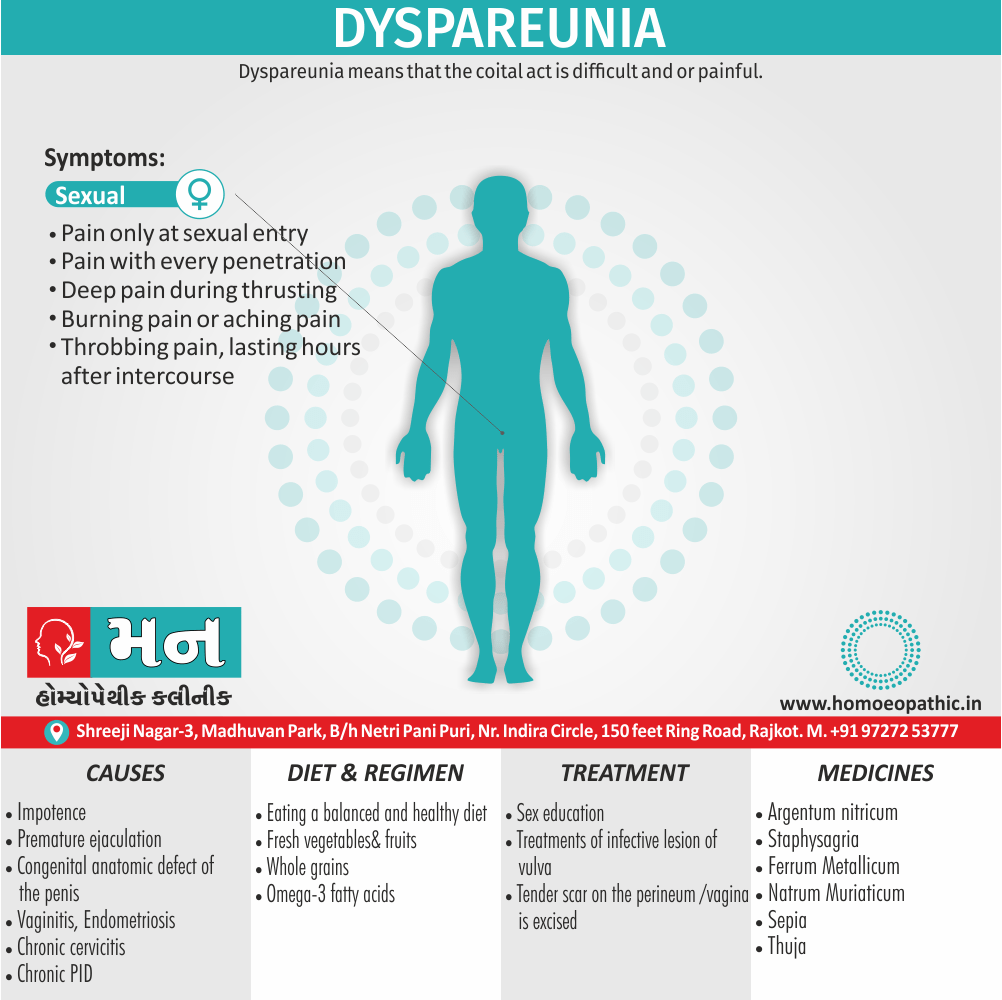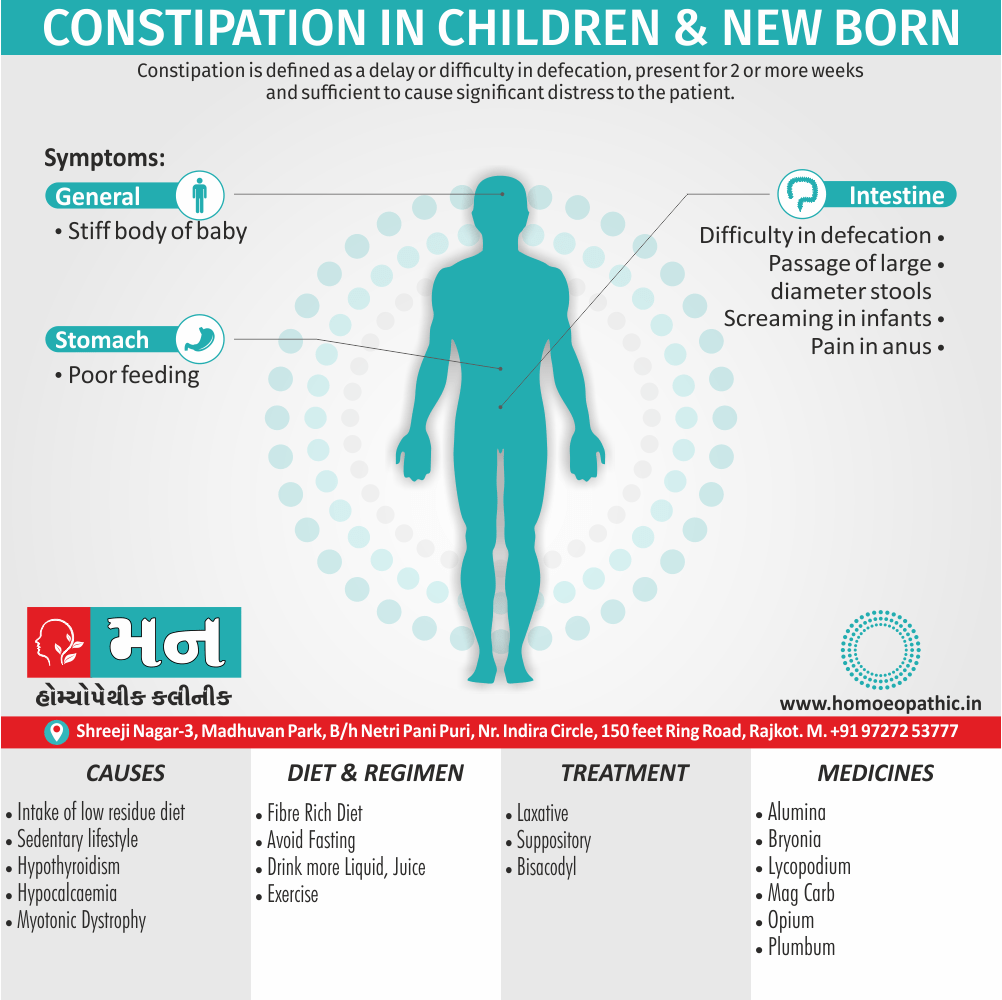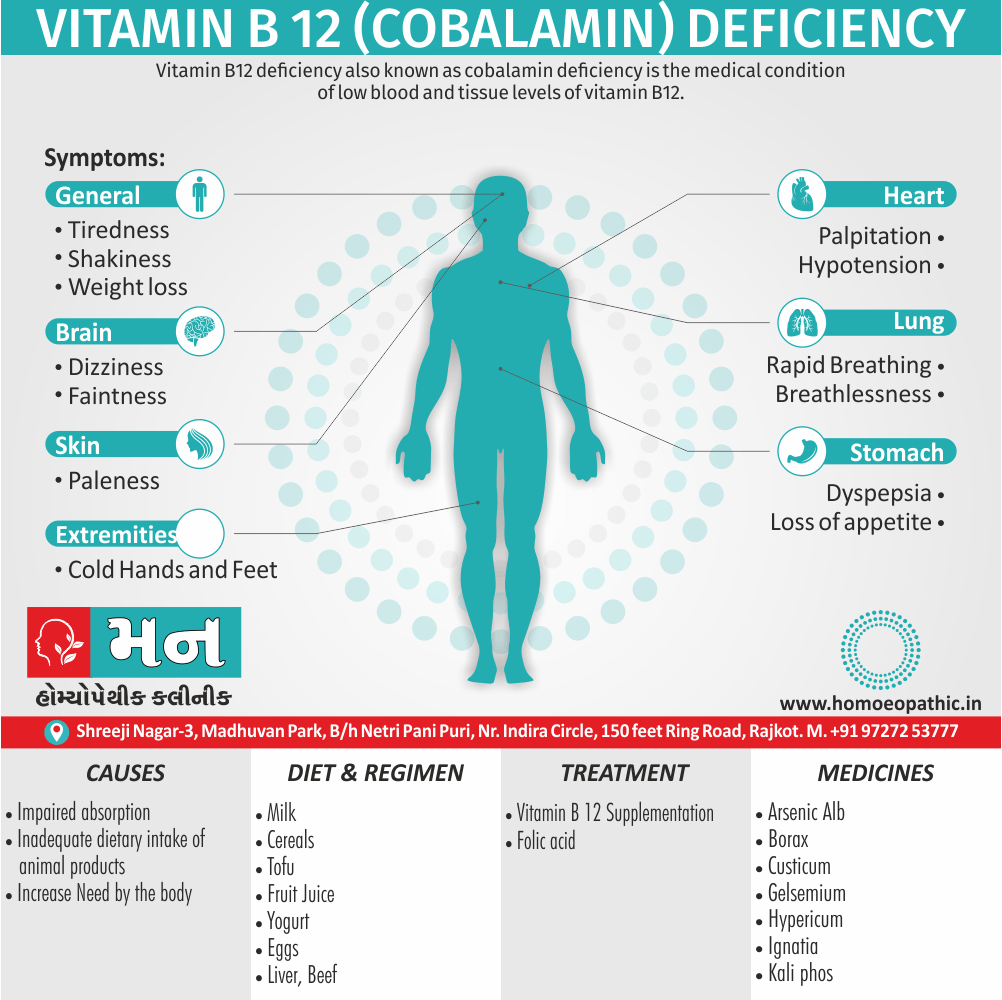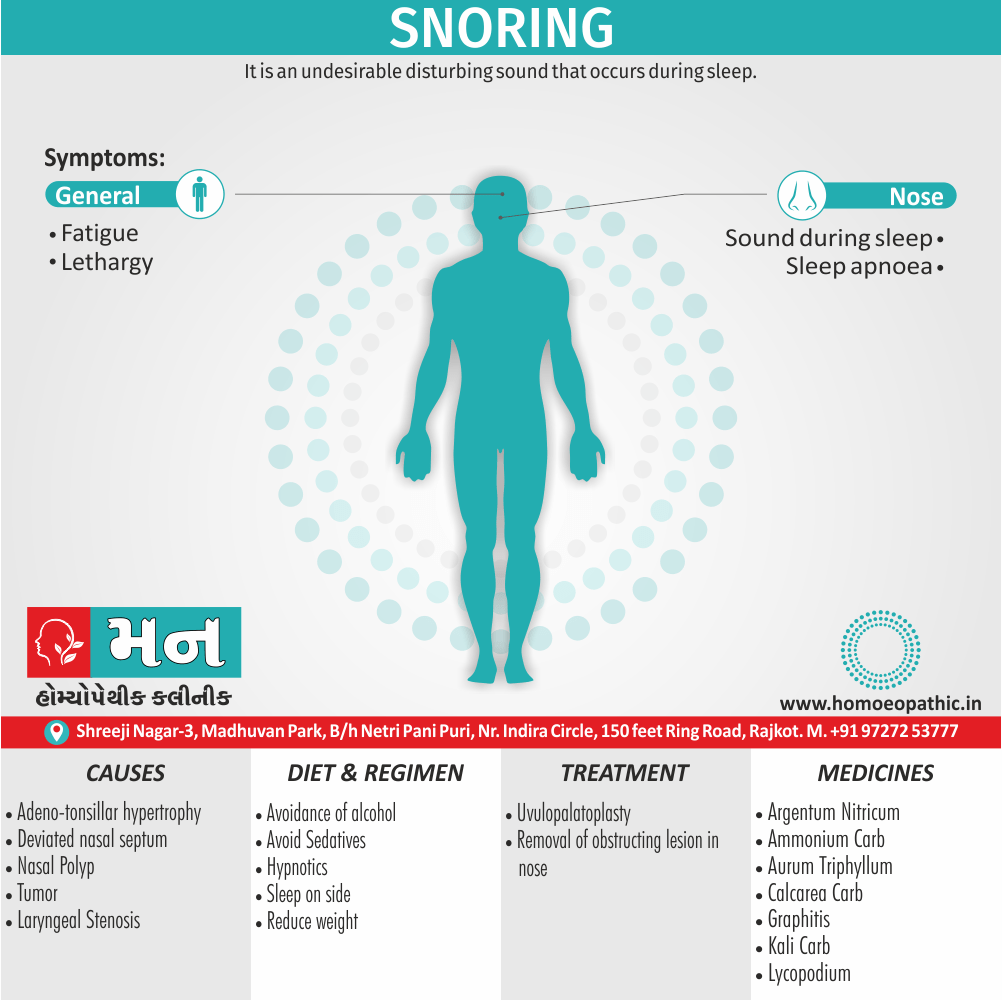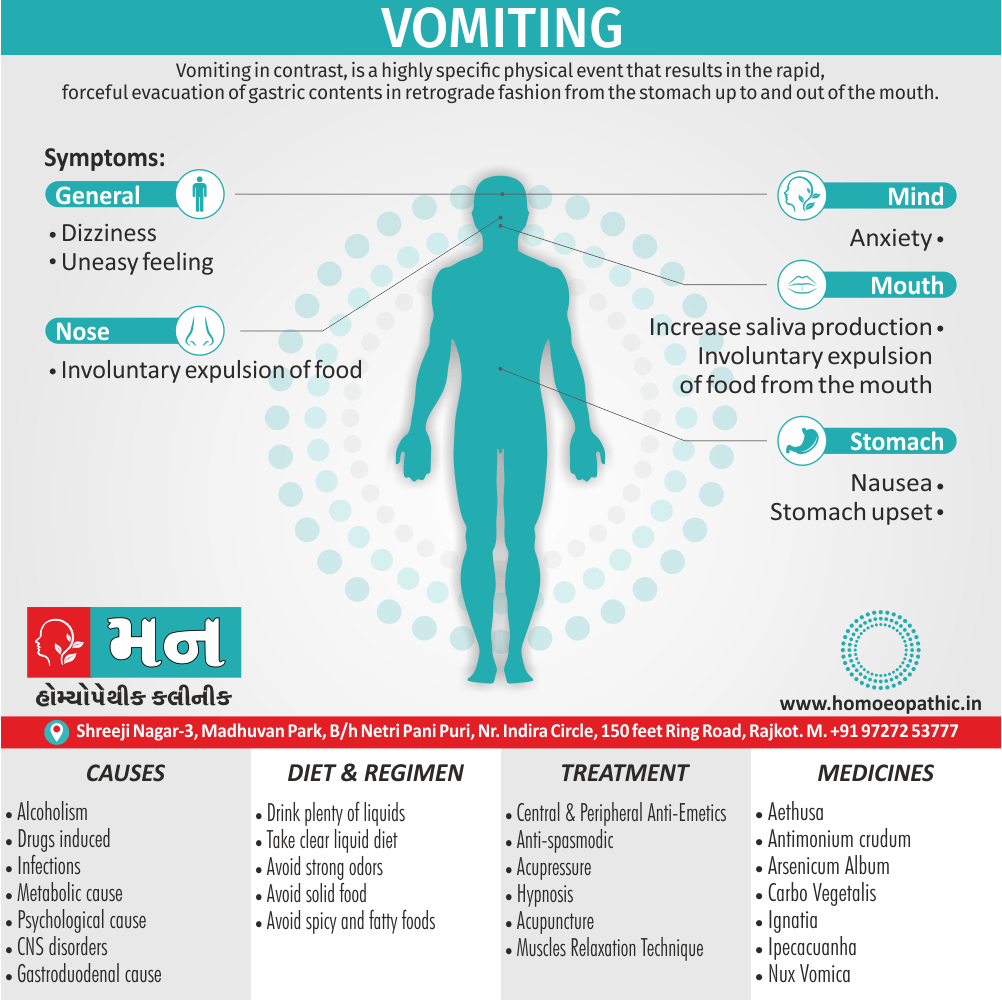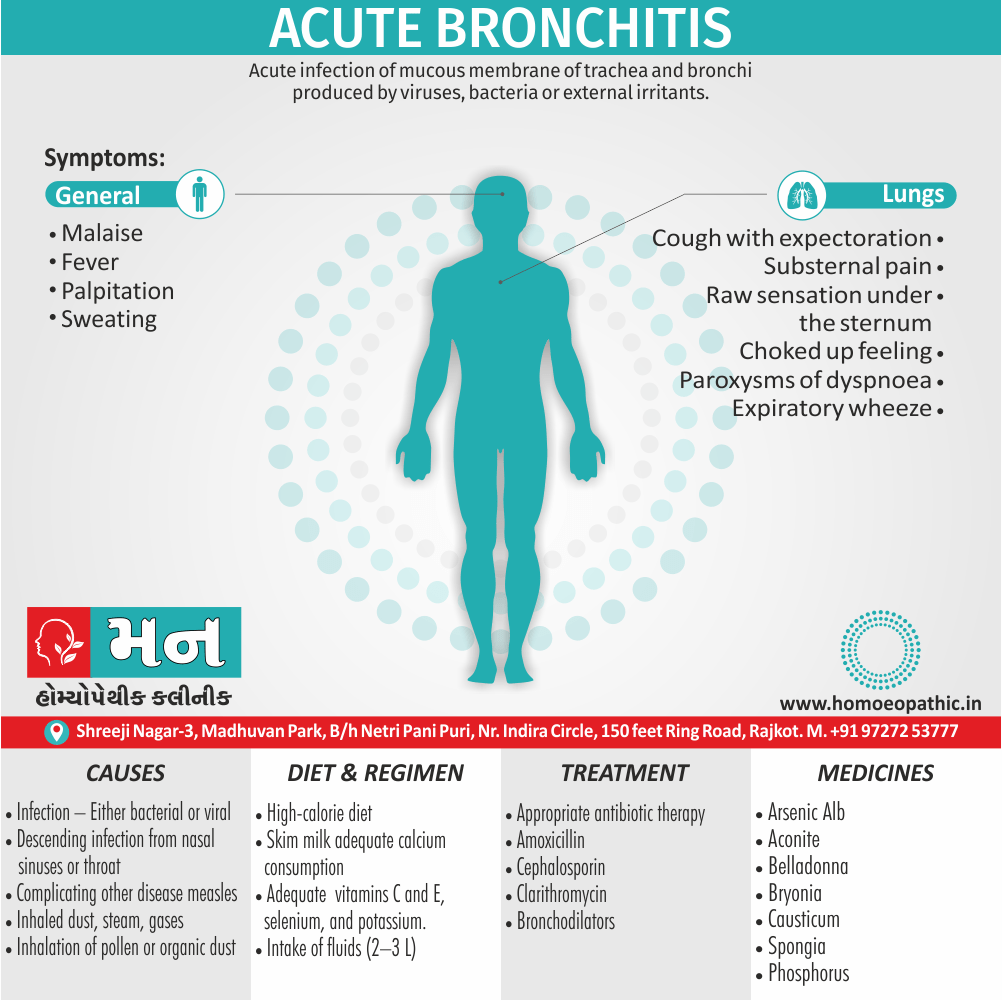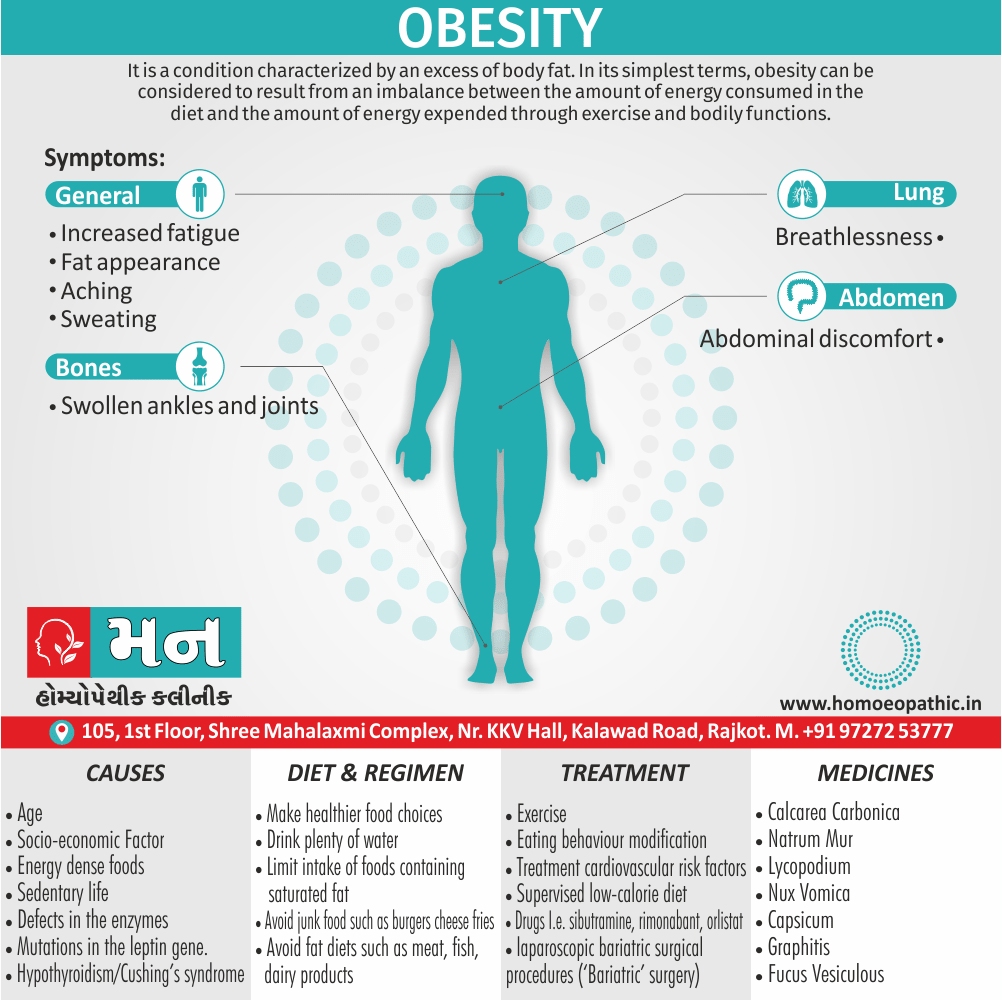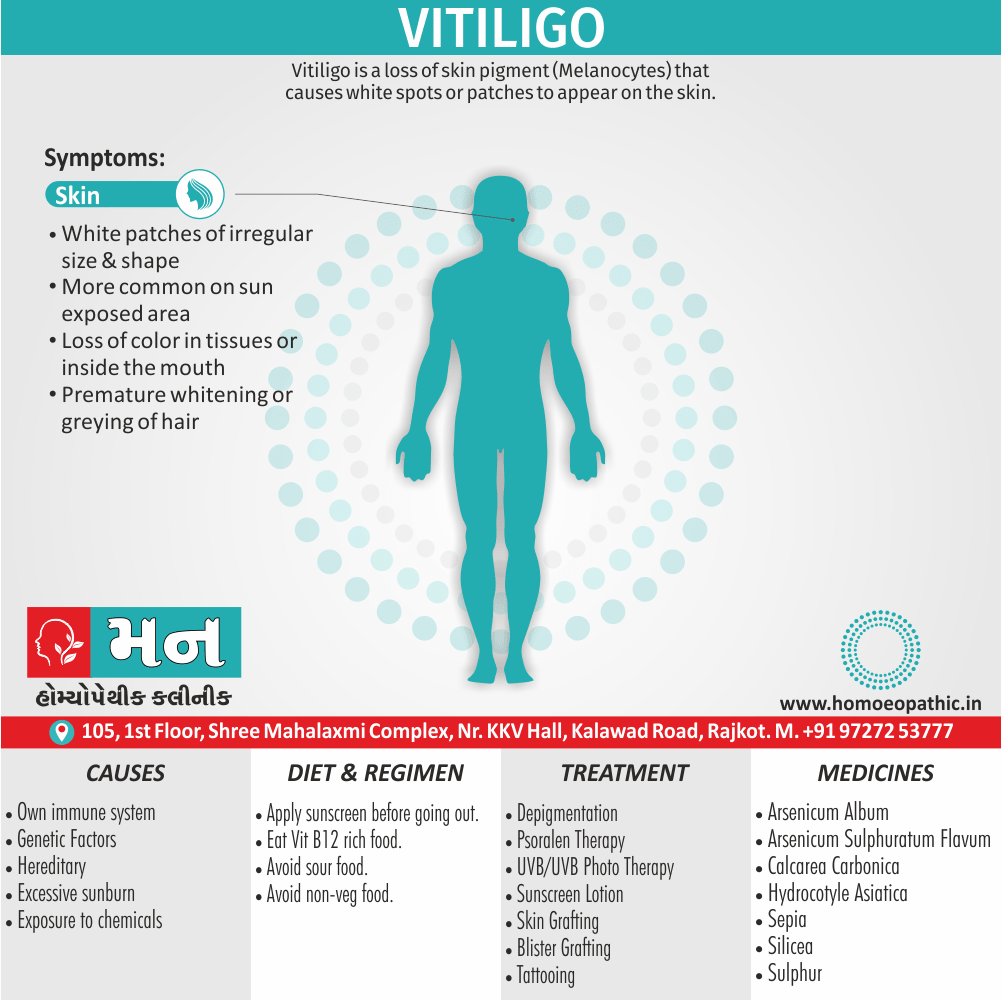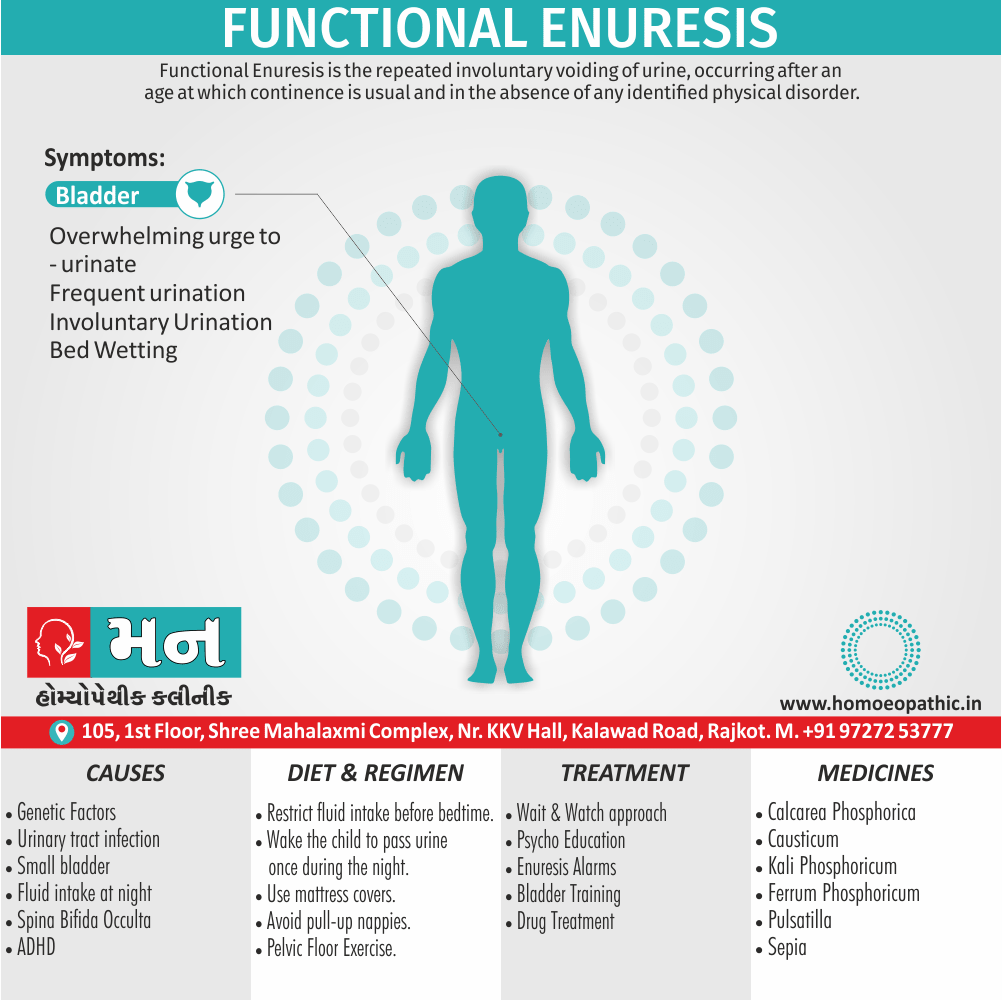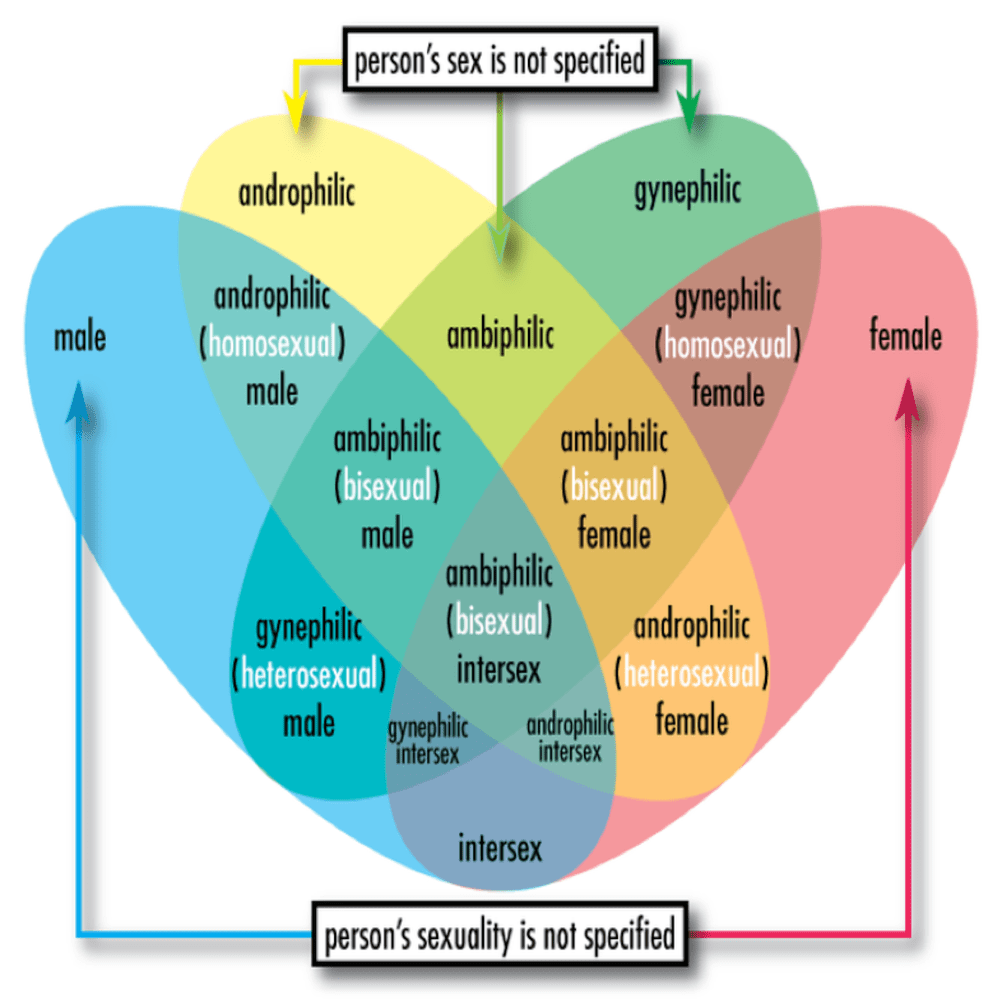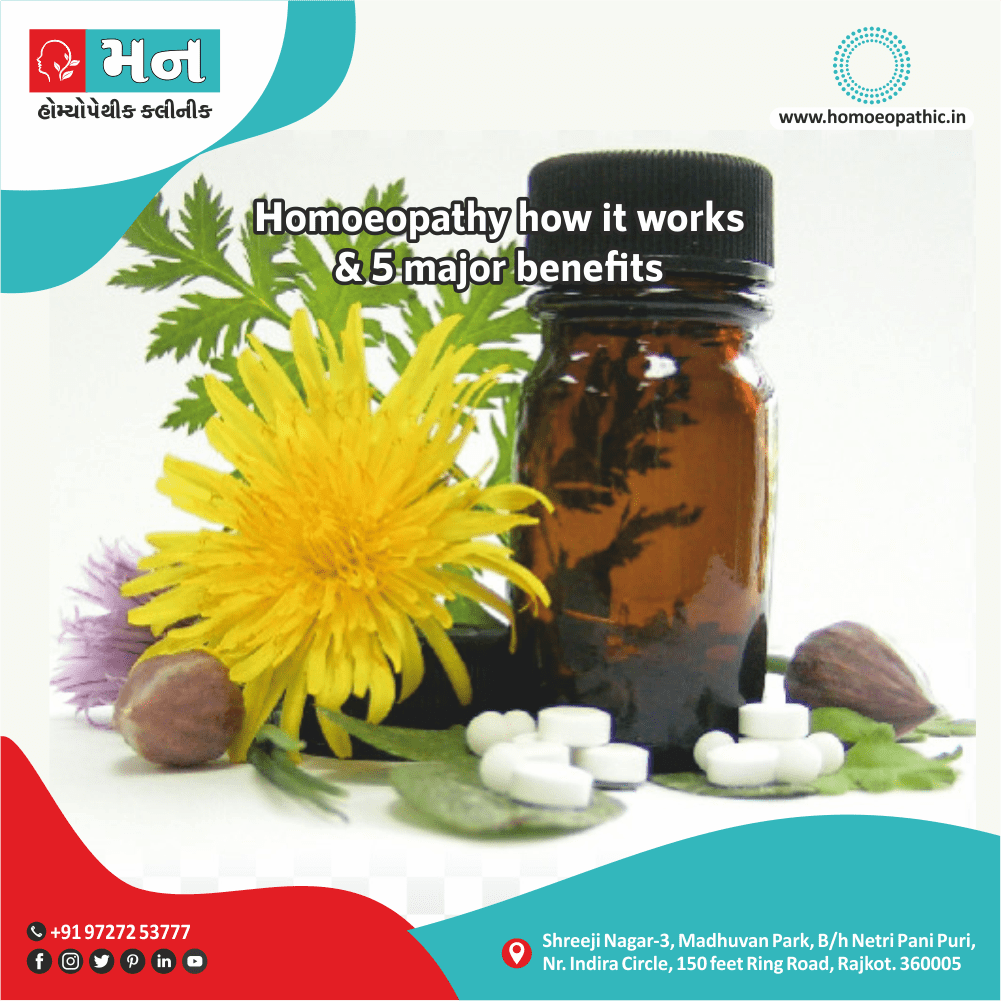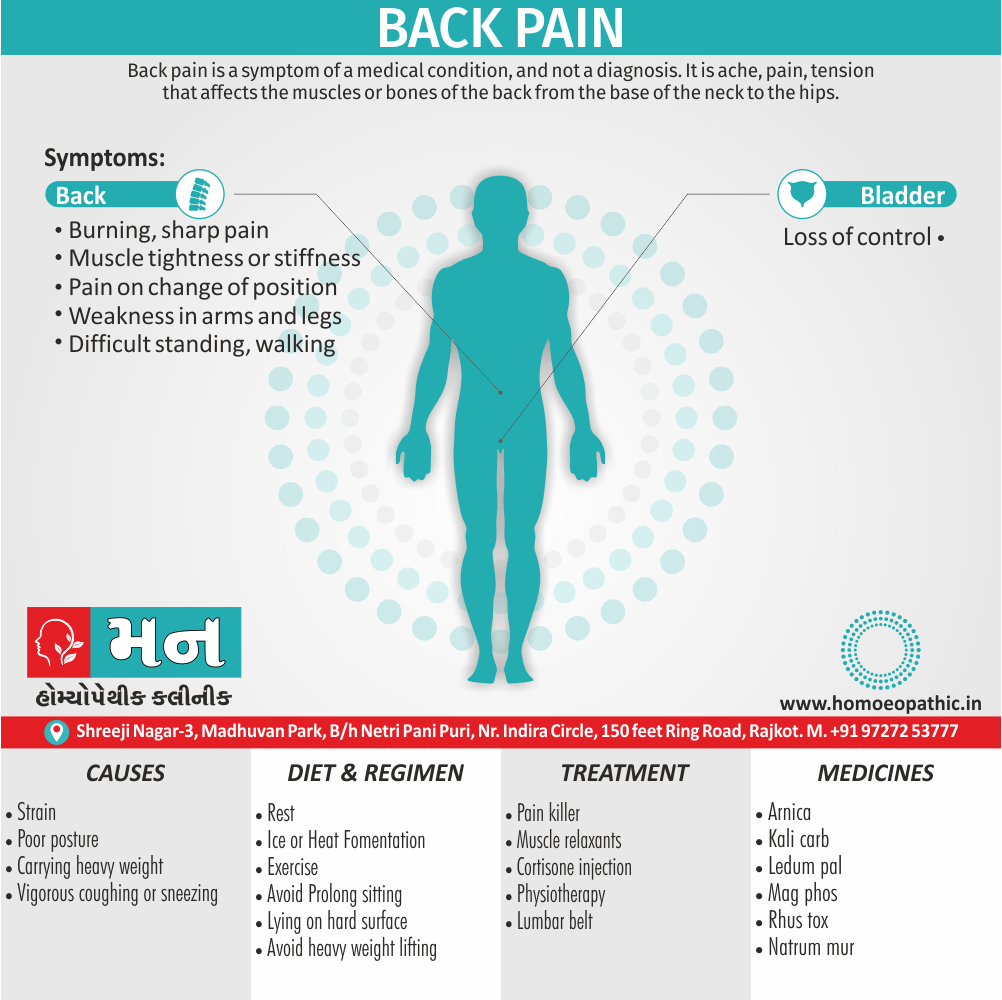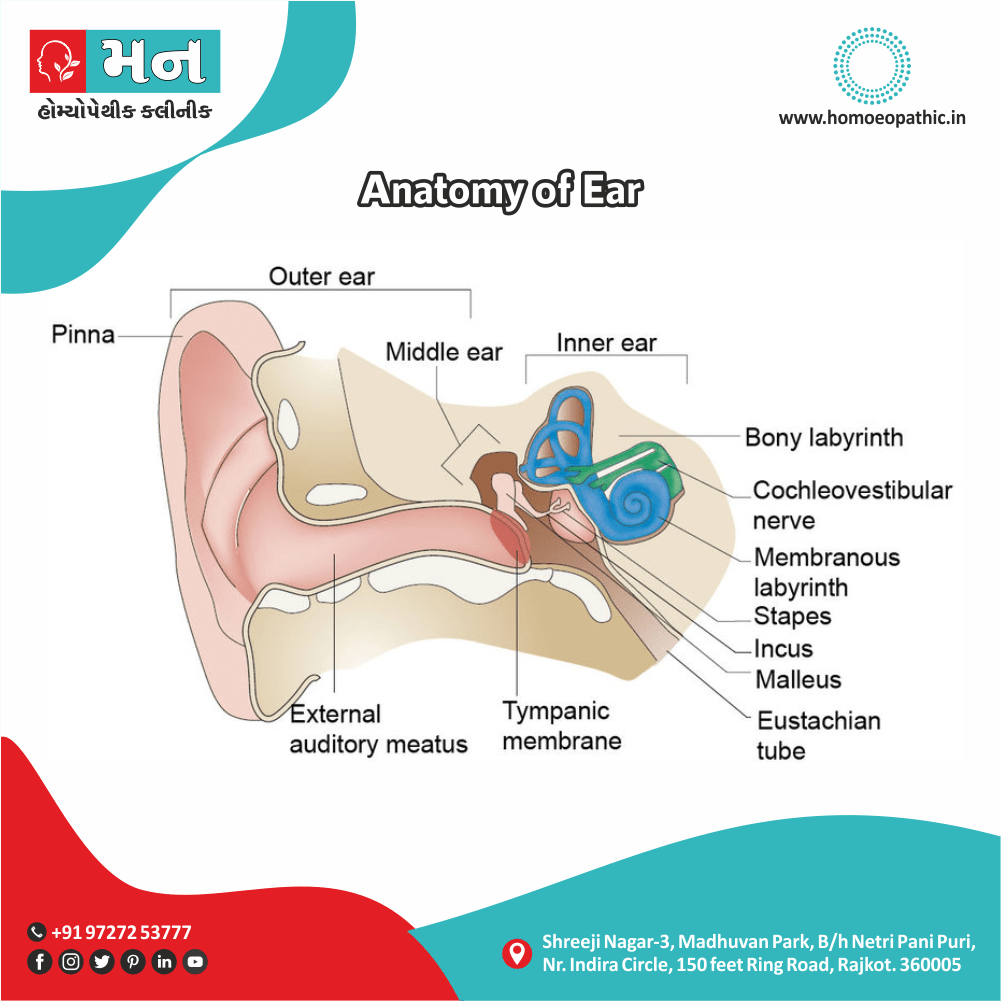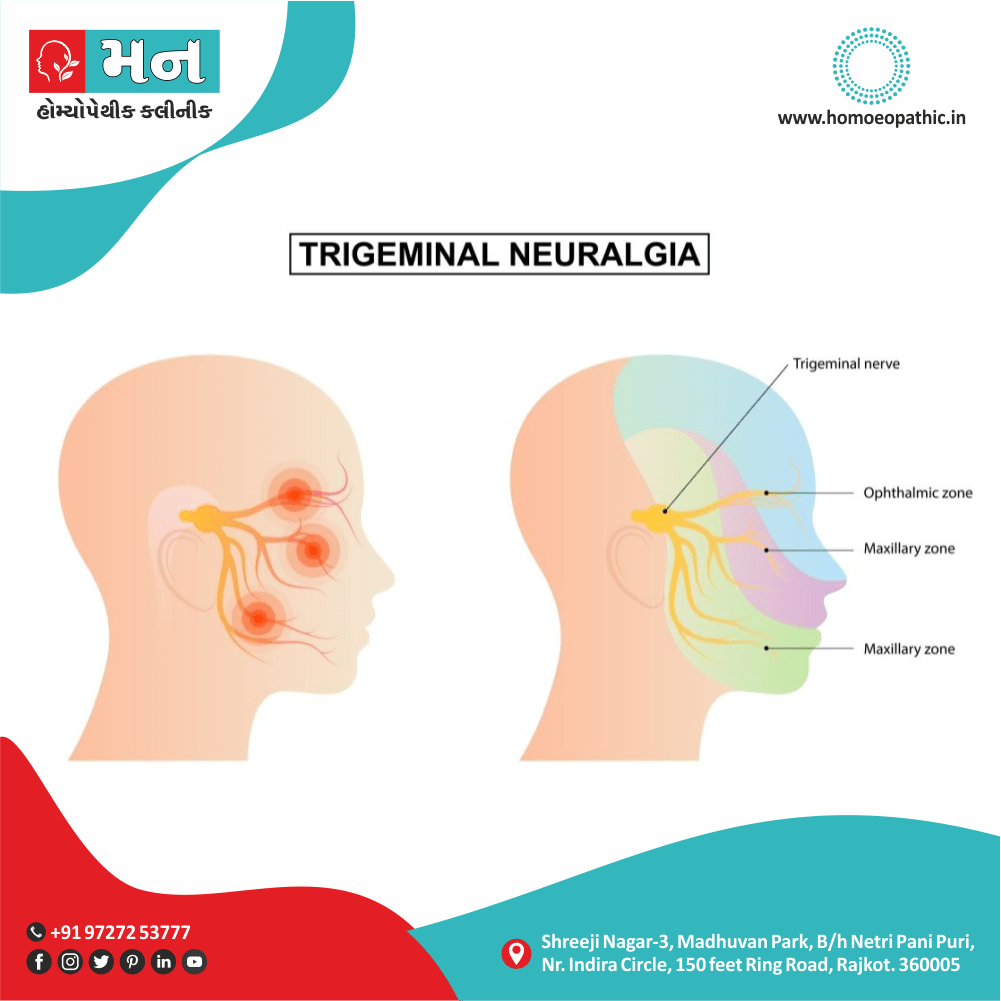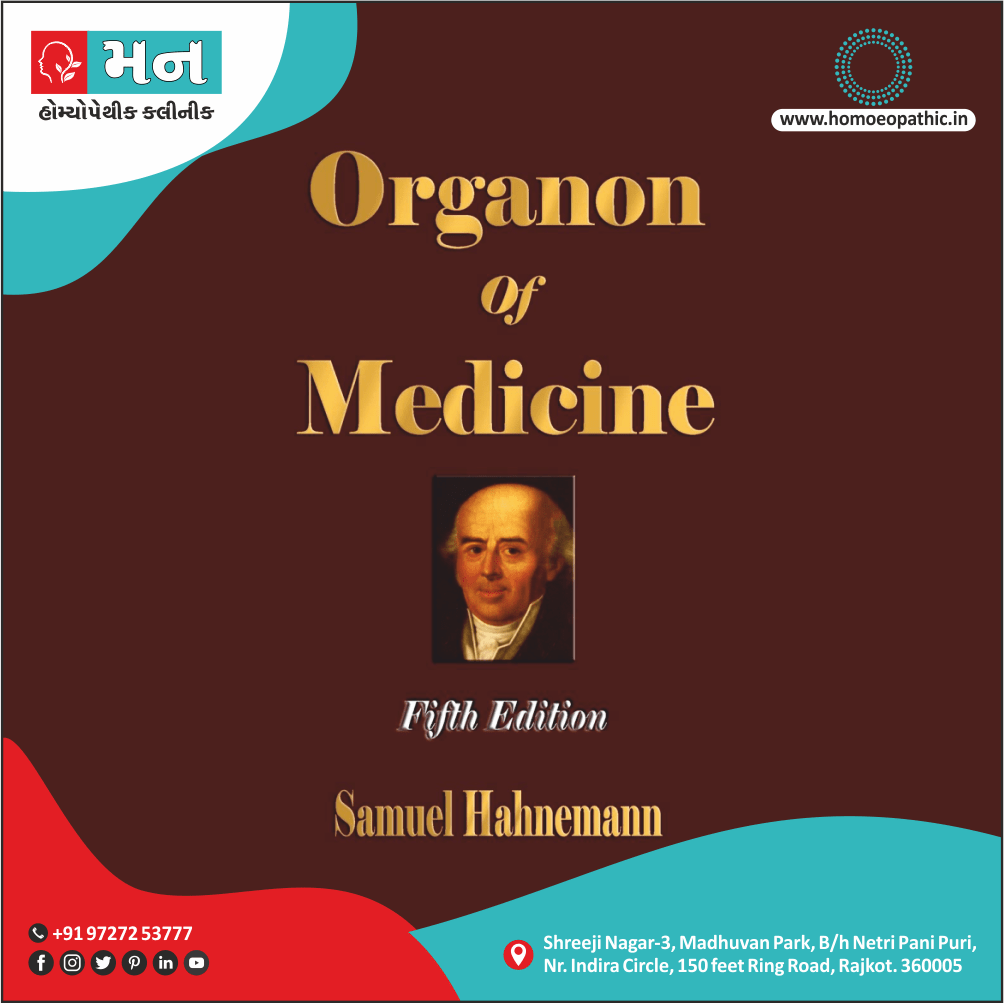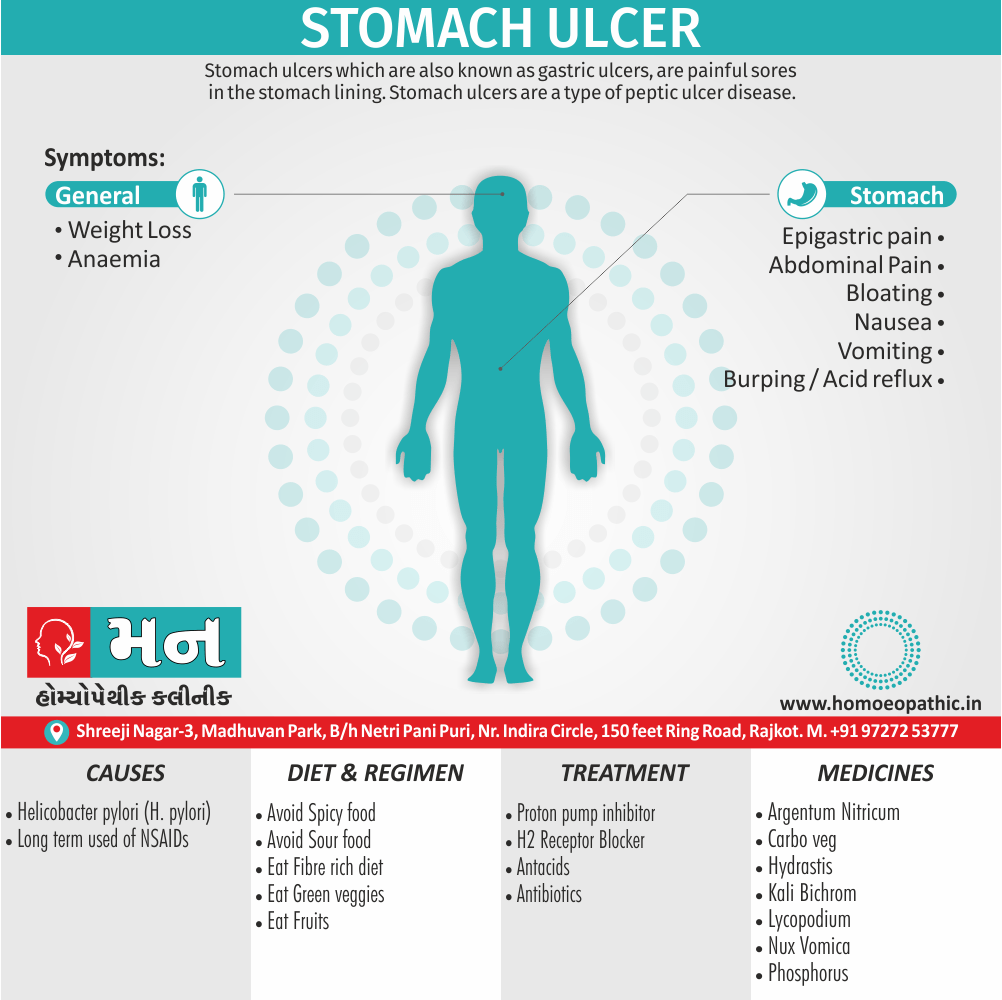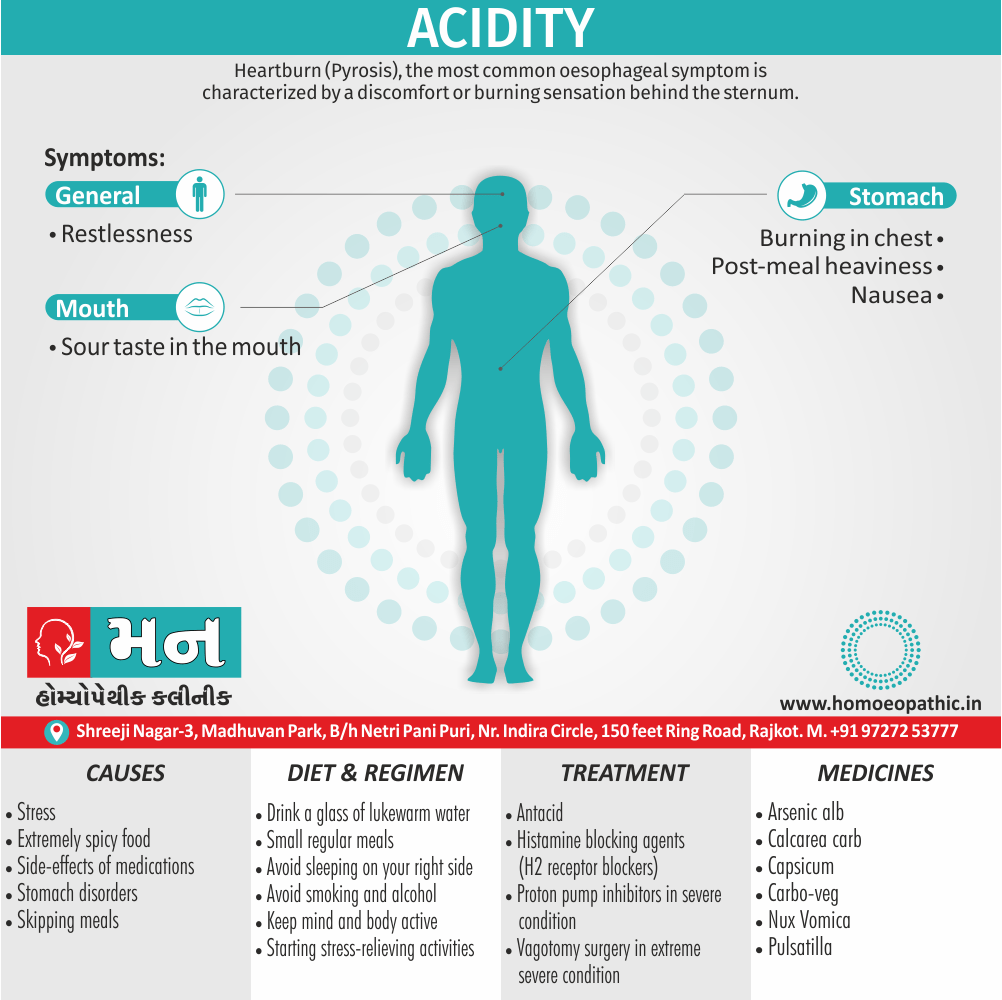Abies Canadensis is a Plant remedy. Furthermore, It belongs to Vegetable Kingdom. Its common name is Hemlock Spruce.
It is also known as Abies balsamea and Pinus canadensis.
Generalities
Mind
Head
Neck and Back
Eyes
Respiratory System
Heart and Pulse
Stomach
Abdomen
Females
Upper Extremities
Lower Extremities
Skin
Sleep and Dreams
Also search as
References
Generalities
Generalities:
- Abies Canadensis particularly, affects the Mucous Membranes and Nerves.
- In stomach, it causes a catarrhal condition, which increases the patient’s hunger and craving for coarse food, for instance, pickles, radishes, turnips, etc.
- Patient wants to lie down, all the time, on account of nervous weakness also feels faint.
- Specifically, In women it causes uterine displacement, due to defective nutrition and debility.
- Peculiar sensations are-right lung and liver, also feel hard and small; uterus feels soft.
- Lies with the legs drawn up.
Mind
Mind:
- Mentally Abies canadensis patient is easily fretful or quiet also careless.
Head
Head:
- Pinus canadensis feels, as if it is either light or there is swimming in the head.
Neck and Back
Neck and Back:
Abies Canadensis Feels as if cold water between shoulders.
Moving Further, Weak in the sacral region.
Eyes
Eyes:
A feeling like that produced by the stye in the outer canthus of left eye.
Respiratory System
Respiratory System:
Breathing Labored in Abies balsamea.
Heart and Pulse
Heart and Pulse:
Action of heart labored.
Stomach
Stomach:
- Ravenous appetite is key also particular symptoms of Pinus canadensis.
- Moving further, Tendency to eat, far beyond the capacity of digestion.
- Distension of abdomen and stomach, also palpitation.
Abdomen
Abdomen:
Feeling as the right lung and liver were small also hard; as if bile were deficient.
Irritable feeling in the splenic region.
Females
Female Genital Organs:
- Sore feeling at the uterus better pressure.
- Uterus is specifically, feels as if soft and feeble.
Upper Extremities
Upper Extremities:
Abies balsamea has pain behind the right shoulder blade.
Furthermore, Hands cold and shrunken.
Lower Extremities
Lower Extremities:
Lies with the knees drawn up.
Skin
Skin:
- Clammy also sticky.
Sleep and Dreams
Sleep and Dreams:
Gaping, drowsy.
Moreover, Great restlessness at night, with tossing from side to side.
Also search as
References
References of Pinus canadensis:
Frequently Asked Questions (FAQ)
XYZ
XXX
XYZ
XXX
XYZ
XXX
People found Homeopathic Clinic For XXXX by searching for
XXX
People found Homeopathic Doctors for XXXX by searching for
XXX
People found Homeopathic treatment for XXXX by searching for
XXX







